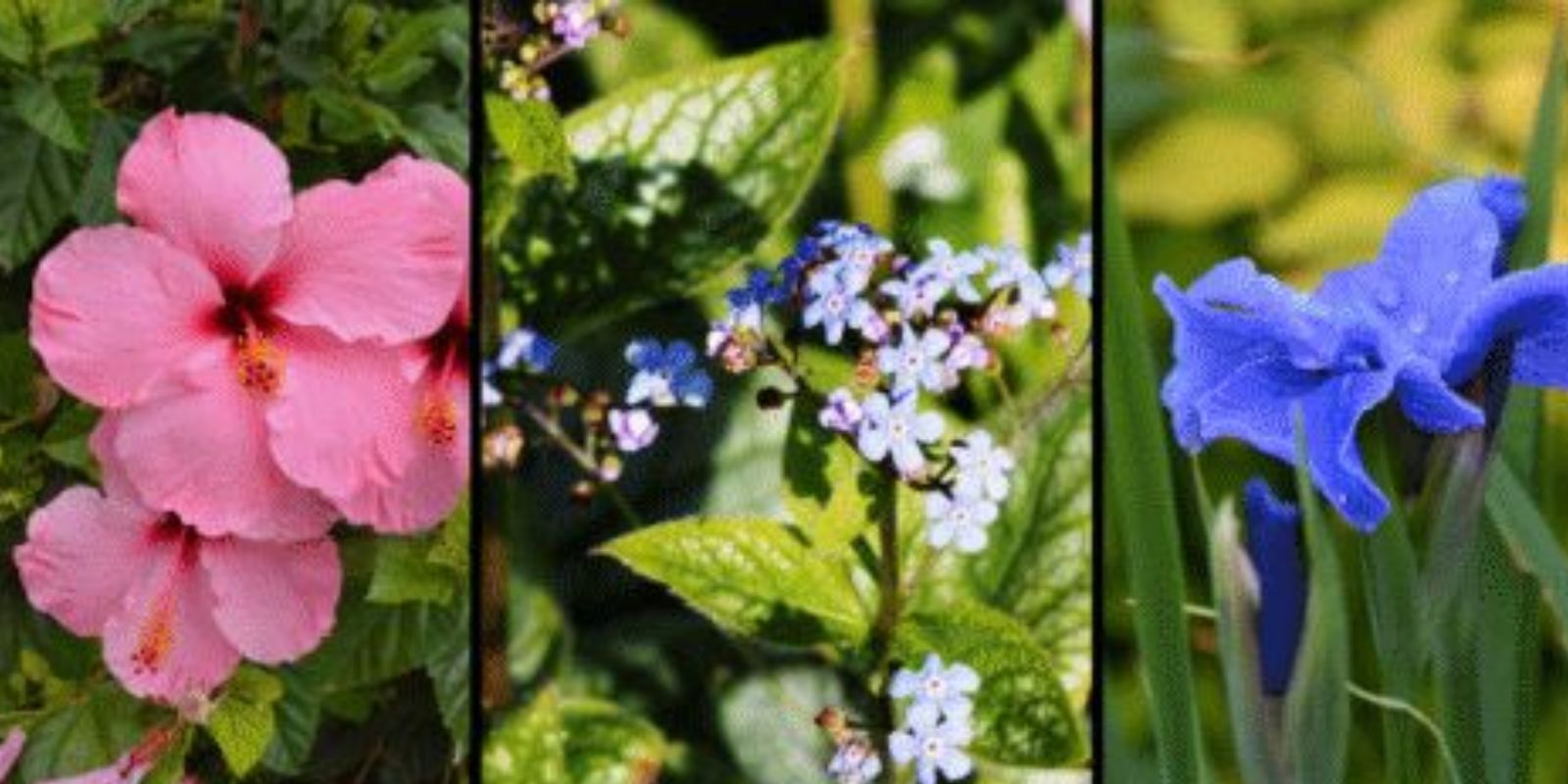Introduction
Growing flowers can transform any outdoor space into a vibrant and inviting haven. Understanding the differences between annuals, perennials, shrubs, and trees, and knowing how to care for each type, is crucial for a flourishing garden. This comprehensive guide will walk you through the essentials of growing various types of flowering plants, helping you create a garden that offers beauty throughout the seasons.
1. Choosing the Right Plants
Annuals
Annuals are plants that complete their life cycle in one growing season. They offer continuous blooms and are ideal for adding vibrant color to your garden beds.
- Popular Annuals: Petunias, marigolds, zinnias, and impatiens.
- Planting Tips: Start seeds indoors or purchase young plants from a nursery. Annuals thrive in well-draining soil with regular watering and full to partial sun, depending on the species.
Perennials
Perennials live for more than two years, with many providing blooms year after year. They are perfect for creating a garden with lasting beauty.
- Popular Perennials: Daylilies, peonies, lavender, and coneflowers.
- Planting Tips: Plant perennials in well-prepared soil and ensure they have adequate space to grow. Most perennials prefer full sun, though some can tolerate partial shade. They often require less maintenance once established.
Shrubs
Shrubs add structure and texture to your garden. Many shrubs produce beautiful flowers and offer seasonal interest.
- Popular Flowering Shrubs: Hydrangeas, azaleas, lilacs, and rhododendrons.
- Planting Tips: Select shrubs based on their mature size and the space available in your garden. They generally prefer well-drained soil and full sun to partial shade. Regular pruning can help maintain shape and promote healthy growth.
Trees
Trees provide height and a focal point in your garden. Many trees also offer striking flowers, especially in spring.
- Popular Flowering Trees: Cherry blossoms, dogwoods, magnolias, and crabapples.
- Planting Tips: Choose trees that suit your climate and soil conditions. Plant them in a location where they can grow to their full size without interference from buildings or other structures. Ensure proper spacing for roots and branches.
2. Understanding Plant Needs
Light Requirements
- Full Sun: Plants that need full sun require at least 6-8 hours of direct sunlight daily. Examples include sunflowers and marigolds.
- Partial Shade: Plants that thrive in partial shade need 3-6 hours of sunlight or dappled light. Examples include hostas and astilbes.
- Full Shade: Some plants can grow in low light conditions, such as ferns and caladiums.
Watering
- Consistent Moisture: Most flowering plants need regular watering. Ensure the soil remains consistently moist but not waterlogged.
- Watering Techniques: Water deeply to encourage deep root growth. Early morning watering helps prevent evaporation and fungal diseases.
Soil
- Preparation: Amend soil with compost or organic matter to improve fertility, structure, and drainage.
- Testing: Conduct a soil test to check pH levels and nutrient content. Adjust soil conditions based on the needs of your plants.
3. Planting Your Flowers
Timing
- Spring Planting: Most flowers are planted in spring when the danger of frost has passed. This allows them to establish before the heat of summer.
- Fall Planting: Some perennials and trees are best planted in fall to give them a head start for spring growth.
Spacing
- Annuals: Space annuals according to their mature size to ensure proper airflow and prevent overcrowding.
- Perennials and Shrubs: Follow planting guidelines for spacing to avoid competition for resources and to allow for future growth.
Depth
- Planting Depth: Plant flowers at the same depth they were growing in their containers. For bare-root plants, follow the planting instructions provided by the nursery.
4. Ongoing Care
Watering and Feeding
- Regular Watering: Adjust watering frequency based on weather conditions and plant needs. Use mulch to retain soil moisture and reduce watering frequency.
- Fertilization: Feed plants with a balanced fertilizer according to their specific needs. Over-fertilization can lead to excessive foliage growth at the expense of blooms.
Pruning and Deadheading
- Pruning: Regularly prune to remove dead or diseased branches and to shape plants. For flowering shrubs and trees, prune after blooming to encourage new growth.
- Deadheading: Remove spent flowers from annuals and perennials to promote continuous blooming and prevent the plant from going to seed.
5. Pest and Disease Management
Monitoring
- Inspection: Regularly check plants for signs of pests or diseases, such as discolored leaves, holes, or unusual spots.
- Identification: Identify pests and diseases accurately to apply the appropriate treatment.
Treatment
- Organic Solutions: Use natural remedies like neem oil, insecticidal soap, or homemade garlic sprays for pest control.
- Chemical Options: For severe infestations, use chemical treatments as a last resort, following safety guidelines carefully.
Prevention
- Healthy Practices: Maintain plant health through proper watering, fertilizing, and pruning. Avoid overcrowding to reduce the risk of disease.
- Plant Selection: Choose disease-resistant varieties and companion plants that naturally deter pests.
6. Seasonal Considerations
Spring and Summer
- Planting: This is the prime growing season for most flowers. Focus on planting and nurturing new growth.
- Maintenance: Regular watering, feeding, and deadheading will keep your garden vibrant throughout these seasons.
Fall and Winter
- Preparation: Prepare your garden for winter by cutting back dead foliage, mulching, and protecting vulnerable plants.
- Planning: Use the winter months to plan for the next growing season, considering any changes or additions to your garden design.
Conclusion
Growing a diverse array of flowers—including annuals, perennials, shrubs, and trees—can create a garden that provides beauty and interest throughout the year. By understanding each plant type’s specific needs and providing appropriate care, you can enjoy a thriving, colorful garden that enhances your outdoor space.
Motivation
What are your favorite flowers to grow, and what tips do you have for maintaining a beautiful garden? Share your insights and experiences with us to inspire others and help create stunning outdoor spaces. Let’s cultivate a community of passionate gardeners together!

